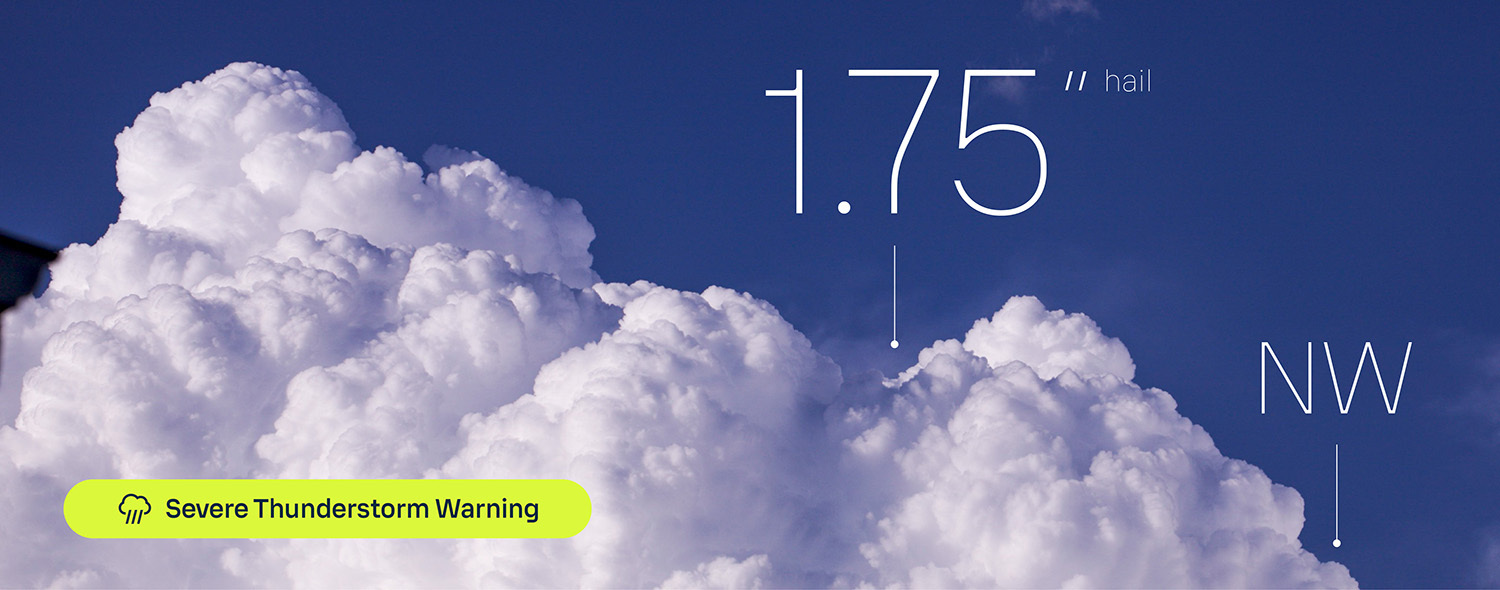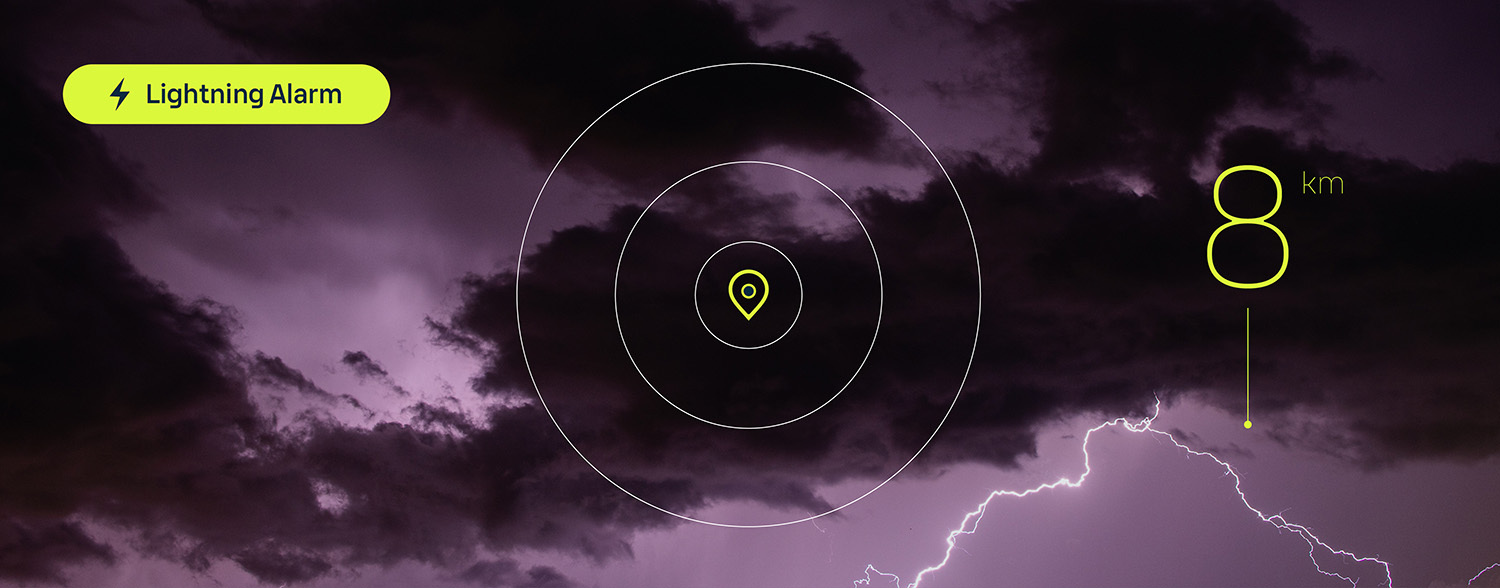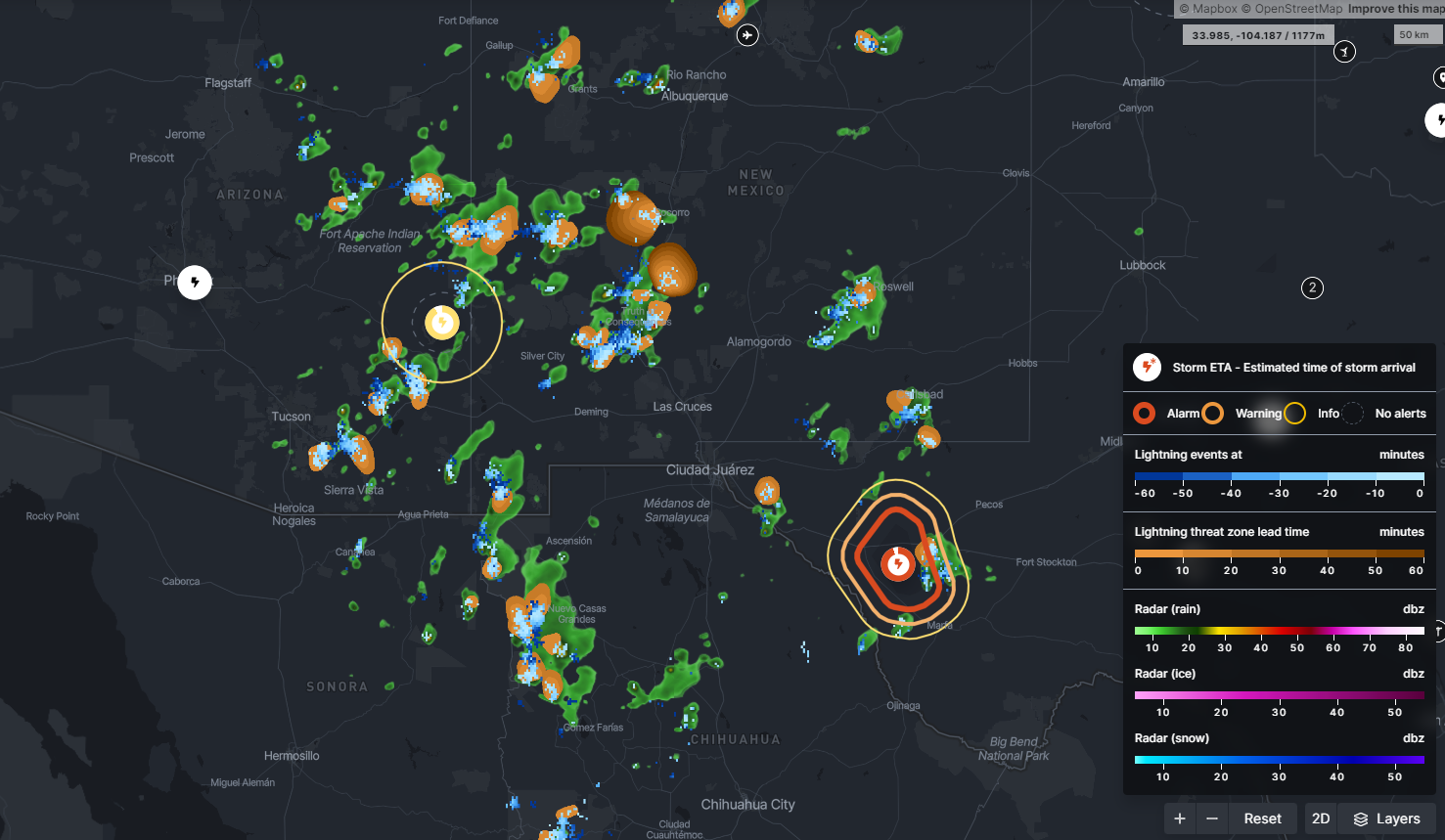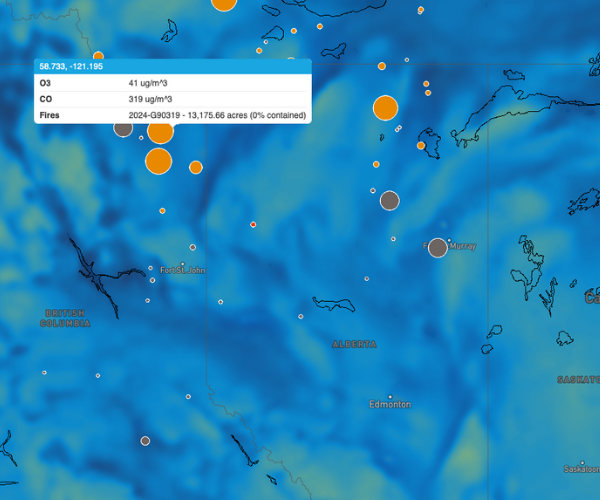When you hear the word “monsoon,” you might think of torrential rainstorms and floods in India or Thailand. But did you know the United States has its own monsoon season, too?
Monsoons are defined as seasonal changes in wind direction over a region that bring moisture from the oceans to the land.
Monsoon season is in full swing!
From mid-June through September, the North American Monsoon season brings much-needed rain to the Southwest. During this period, many areas receive up to half their annual rainfall as moisture is pulled up from the Pacific Ocean and the Gulf of California. The monsoon is essential for the climate of the southwestern United States, but also bring hazards that are important to prepare for.

What are the drivers of the North American Monsoon?
In the winter, air typically flows across the North American continent from west to east. As the season transitions from winter to spring, the land begins to warm significantly. This warming creates an area of high pressure, or “hot air,” over the North American southwest. Simultaneously, the ocean temperatures rise, leading to increased evaporation and higher moisture in the air above.
This change in surface heating across the continent results in a shift in wind direction: instead of a prevailing westerly wind, it shifts to a more southerly flow. Cool, humid air from the ocean begins to move over the hotter, arid land.
Notice the southerly flow from the Gulf of California to the land, providing moisture to fuel the thunderstorms that begin in afternoon.
As this moisture-rich air moves inland, terrain like the Sierra Madres and daytime heating causes it to rise. As the air rises, it cools and condenses, leading to afternoon thunderstorms.
While monsoonal storms are undoubtably beneficial, bringing much-needed moisture to the parched landscape, they also introduce hazards.

Monsoonal storms are often localized and unpredictable, making them a challenge to manage. They often drop a substantial amount of rain, sometimes leading to travel disruptions and road flooding.
In the United States, flash floods are the #1 cause of storm-related deaths. Make sure you have ways to receive localized alerts to keep yourself safe.
In the United States, flash floods are the #1 cause of storm-related deaths. Make sure you have ways to receive localized alerts to keep yourself safe.
Lightning strikes from these storms can ignite wildfires across the dry landscapes, impacting life and property. Smoke from these fires can affect air quality across the nation. Arizona’s largest wildfire of 2024, the Freeman Fire, was sparked by lightning strikes from monsoonal storms and burned over 32,000 acres in a week.

In addition to generating wildfire smoke, monsoonal storms can have other detrimental effects on local air quality. Downdrafts, which are rapidly sinking air currents from strong storms, can disturb the dry ground, sometimes leading to large dust storms known as haboobs. These massive walls of dust - which can travel up to 60 miles an hour - not only reduce visibility but also carry fungus and pollen from the desert, further deteriorating local air quality. Cities like Phoenix and Las Vegas have already experienced several haboobs so far this monsoon season. Notably, in June, a haboob over 200 miles long affected the region. Along with air quality, haboobs can also cause transportation problems like airport ground stops, multicar pileups, and interstate closures.
What to expect for the rest of the North American Monsoon season
The strength of the North American Monsoon season is unpredictable, as it is influenced by complex factors like sea surface temperatures and overall patterns in atmospheric circulation. The Climate Prediction Center is forecasting slightly below average precipitation for the season.
Across most of the southwestern US, last year’s monsoon season was drier and hotter than average. The amount of lightning occurring over an area during the monsoon season is often an indicator of monsoon strength. Lightning data is collected by Vaisala’s National Lightning Detection Network (NLDN). In an analysis of summer 2023 done by the National Weather Service, Arizona saw the third fewest total lightning strikes out of any monsoon season from data reaching back to 1990.
4 hours of monsoonal lightning visualized in Xweather Insight.
The summer monsoon season in North America poses unique weather challenges for both public safety and business operations. Stay aware of changing conditions to stay ahead of the issues they may raise.
Looking to bring weather awareness into your business operations?
Learn how Xweather’s suite of products can help your business tackle monsoonal rains and their many risks.

